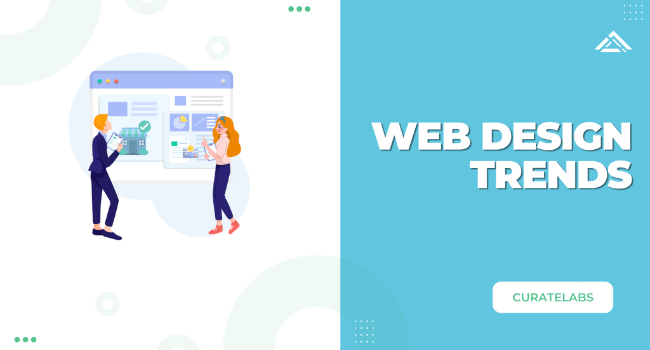Table of Contents
Introduction:
In the unique web design and improvement universe, holding up with the most recent advancements is significant for making captivating and individual charming online examinations. Companies must adapt their virtual strategies to live aggressively as generations evolve and user expectations shift. This complete manual will delve into the top 8 traits in website design and development. These are reshaping the digital panorama and transforming how customers interact with the web.
- Responsive Web Design:
With the far-reaching utilization of cell gadgets, responsive web format has become a need in current net improvement. This procedure ensures that sites direct flawlessly to various presentation screen sizes and gadgets, conveying a reliable and improved riding experience all through PCs, cell phones, and medications. As cell traffic continues to thrust upward, organizations must prioritize responsive layout to cater to the developing range of mobile customers and enhance the ordinary consumer experience.
- Dark Mode:
Dark mode has surged in reputation, presenting customers a sleek opportunity to standard light-themed interfaces. Beyond its aesthetic appeal, dark mode reduces eye pressure in low-mild environments, conserves battery existence on OLED screens, and provides a visually striking experience. As extra systems adopt dark mode alternatives, web designers are integrating this option into their designs to fulfill personal alternatives and beautify consumer enjoyment.
- Minimalist Design:
In an era of statistics overload, the minimalist layout has received traction for its effortless, intuitive, and visually attractive method. The minimalist design lets customers be aware of important content without distractions by emphasizing simplicity, whitespace, and straightforward typography. This litter reduction fosters clarity and sophistication, improving consumer engagement and satisfaction.
- Motion Design and Microinteractions:
Motion layout and micro-interactions inject interactivity and pleasure into the person, revealing them and making websites more enticing and remarkable. From diffused hover results to lively transitions, motion layout elements capture customers’ interest and guide them through the surfing journey. Microinteractions, such as lively buttons or form validations, offer instant feedback and decorate usability, resulting in a continuing and fun user reveal.
- Voice User Interfaces (VUI):
With the proliferation of digital assistants and clever speakers, voice consumer interfaces (VUI) are gaining prominence in net layout and development. VUI enables customers to interact with websites using voice commands, supplying a palm-unfastened and intuitive surfing experience. By integrating voice search, navigation, and capabilities, businesses can cater to user possibilities and provide a more remarkable on-hand experience for all users.
- Artificial Intelligence (AI) and Machine Learning:
Artificial intelligence and AI advances are upsetting web architecture and personalization. These technologies analyze consumer statistics, expect behavior, and dynamically adjust content to meet users’ wishes. From customized pointers to predictive analytics, AI-driven solutions enable companies to supply tailor-made reports that pressure engagement and delight.
- Augmented Reality (AR) and Virtual Reality (VR):
AR and VR innovations obscure the lines among the substantial and computerized universes, giving vivid net reports. This technology lets customers interact with products, discover digital environments, and visualize content material in 3-D, growing memorable experiences. Whether looking at computerized clothing or encountering intuitive narrating, AR and VR improve commitment and bring sites to ways of life.
- Progressive Web Apps (PWAs):
PWAs integrate net and mobile app technology to supply fast, dependable, and tasty reports throughout devices. Offering offline capability and app-like functions, PWAs provide users with a native app-like experience that they can enjoy without delay from the web browser. By leveraging PWAs, agencies can attain a broader target market, growth engagement, and pressure conversion while reducing improvement prices.
Conclusion:
These eight website design and improvement traits shape the virtual panorama and influence user engagement with websites. By embracing these trends, organizations can create compelling and person-centric stories that captivate audiences, drive engagement, and reap their goals in the digital realm. At DigitalWebHelp, we’re dedicated to staying ahead of those tendencies and supporting agencies to leverage revolutionary internet design and development services to triumph online. Contact us these days to learn how we will increase your online presence and force achievement inside the digital world.
Read more on KulFiy
